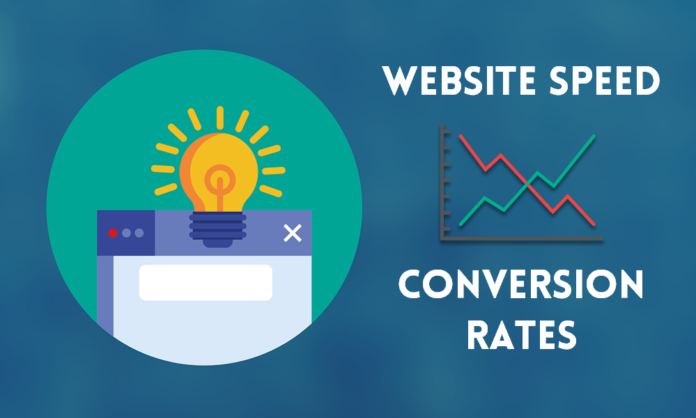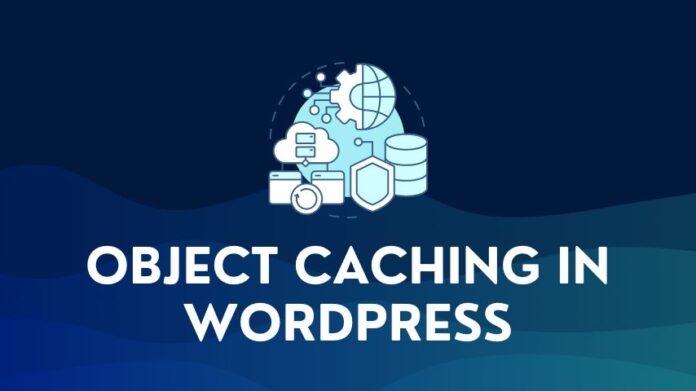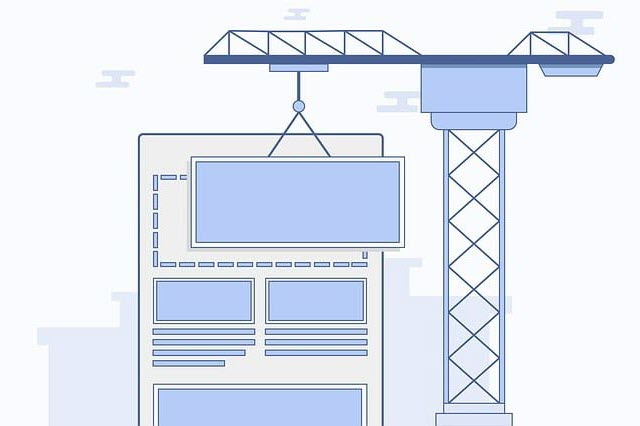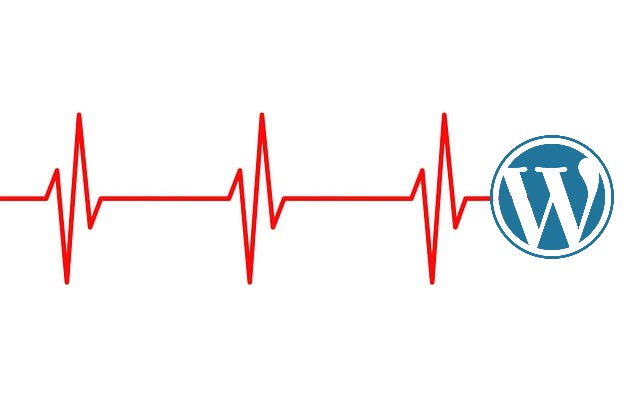In today’s fast-paced digital world, the importance of website speed cannot be overstated. A slow-loading website is not only a source of frustration for online shoppers but also a significant factor that affects conversion rates.
In this thread, we will delve into the impact of website speed on conversion rates and how site speed affects other aspects of an online venture, be it a blog or a store. This article provides valuable insights and actionable tips for businesses looking to boost their online sales.
1. Understanding Website Speed and Conversion Rate
What is Website Speed?
Website speed, also known as website performance, refers to the time it takes for a browser to fully load a functional webpage.
Google measures this through a series of metrics called Core Web Vitals.
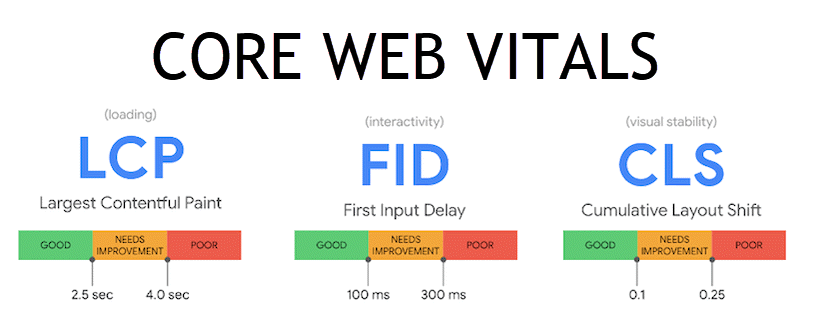
Page load times are a crucial aspect of user experience, as online visitors expect websites to load quickly and efficiently.
What is Conversion Rate?
Conversion rate refers to the percentage of website visitors who take a desired action on a webpage. For example, if a visitor lands on your product page and ends up purchasing the product, that visitor has “converted.”
But conversions are not limited to purchases only.
Any desired action a visitor takes, which you want to track, is a conversion. To you, a conversion could mean signing up for a newsletter, clicking on an advertisement, downloading an ebook, or clicking through to another page on your website.
The conversion rate is calculated by dividing the total number of conversions by the total number of visitors to a particular webpage and expressed as a percentage. It is a key metric for measuring the effectiveness of your online marketing and sales strategies.
For example, if you had 1000 visitors to a particular page and 50 visitors signed up for the weekly newsletter, your conversion rate is (50/1000*100) = 5%.
2. The Relationship Between Website Speed and Conversion Rate
Several research studies in this area consistently show that website speed has a significant impact on conversion rates. In other words, the faster a site loads, the more likely a visitor will buy your products. Here are some noteworthy findings on the correlation between site speed and conversion rate:
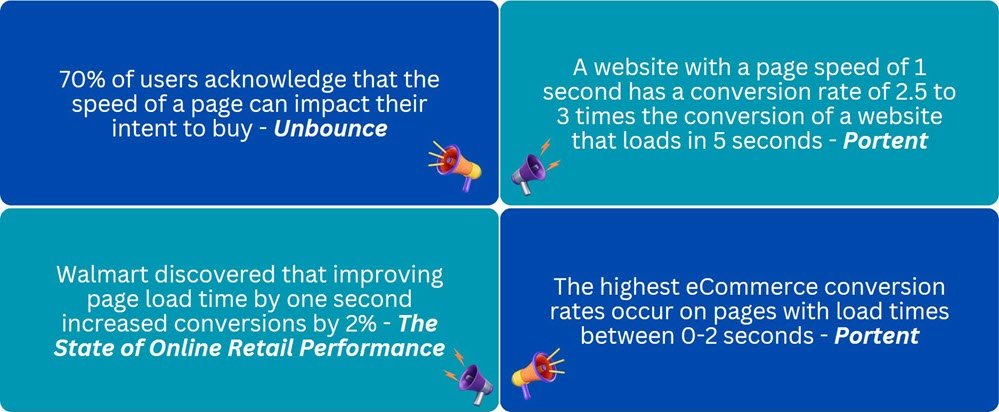
- 70% of users acknowledge that the speed of a page can impact their intent to buy – Unbounce (2019)
- A website with a page speed of 1 second has a conversion rate of 2.5 to 3 times the conversion of a website that loads in 5 seconds – Portent
- Walmart discovered that improving page load time by one second increased conversions by 2% – The State of Online Retail Performance
- Fanatics shaved two seconds off its median page load time and almost doubled mobile conversions – The State of Online Retail Performance
- Staples improved page load times by 1-6 seconds and improved conversions by 10% – The State of Online Retail Performance
- The highest eCommerce conversion rates occur on pages with load times between 0-2 seconds – Portent
These statistics clearly demonstrate the importance of optimizing website speed to improve conversion rates and, ultimately, revenue.
3. Other Factors Affecting Conversion Rate
While website speed is a critical factor in driving conversions, it also impacts other aspects of your website, such as:
Bounce Rate
Bounce rate is the percentage of visitors who leave a website after viewing only one webpage. The longer it takes for your website to load, the more likely visitors are to leave without interacting further. A high bounce rate can negatively affect your search rankings and overall website performance.
SEO
Google prioritizes delivering relevant information to users as quickly as possible, and site performance is an important factor in determining search rankings. In recent years, Google has shifted to mobile-first indexing, making it even more crucial to focus on your website’s mobile loading speeds. Remember that the average mobile web page takes 15.3 seconds to load—far longer than the optimal load time for high conversion rates.
User Experience
Waiting for web pages to load is a major frustration for online shoppers. With countless competitors only a Google search away, today’s impatient consumers won’t hesitate to look elsewhere for the products that they need. A fast-loading website contributes to a positive user experience, increasing the likelihood that visitors will convert.
4. Measuring and Monitoring Website Speed
To effectively optimize website speed and conversion rate, it’s essential to measure and monitor your site’s performance. Website Speed Testing Tools like Google PageSpeed Insights and WebPageTest can provide valuable insights into your website’s speed and suggest areas for improvement.
5. The Role of Website Speed in the Customer Journey
Optimizing website speed is not just about improving single-page load times—it’s also about creating a seamless and enjoyable customer journey from start to finish. A fast-loading website can reduce friction points in the customer journey, making it easier for visitors to move from browsing to purchasing. By optimizing website speed at every stage of the customer journey, you can improve the overall user experience and maximize conversion rates.
If you are running a WordPress website, you should read this article on quick and easy tips and techniques to improve the speed of your WordPress site.
6. The Future of Website Speed and Conversion Rate Optimization
As technology evolves and user expectations rise, it’s more important than ever for website owners to prioritize website speed and conversion rate optimization. Emerging technologies, such as 5G and edge computing, will likely play a significant role in further reducing load times and improving user experiences. By staying informed about best practices and industry trends, you can ensure you remain competitive and continue to provide exceptional online experiences that drive conversions and revenue growth.
In conclusion, website speed is a critical factor in driving conversion rates and overall online success. By understanding the relationship between site speed and conversion rate, and implementing best practices for website optimization, you can improve your website performance and maximize online sales.

